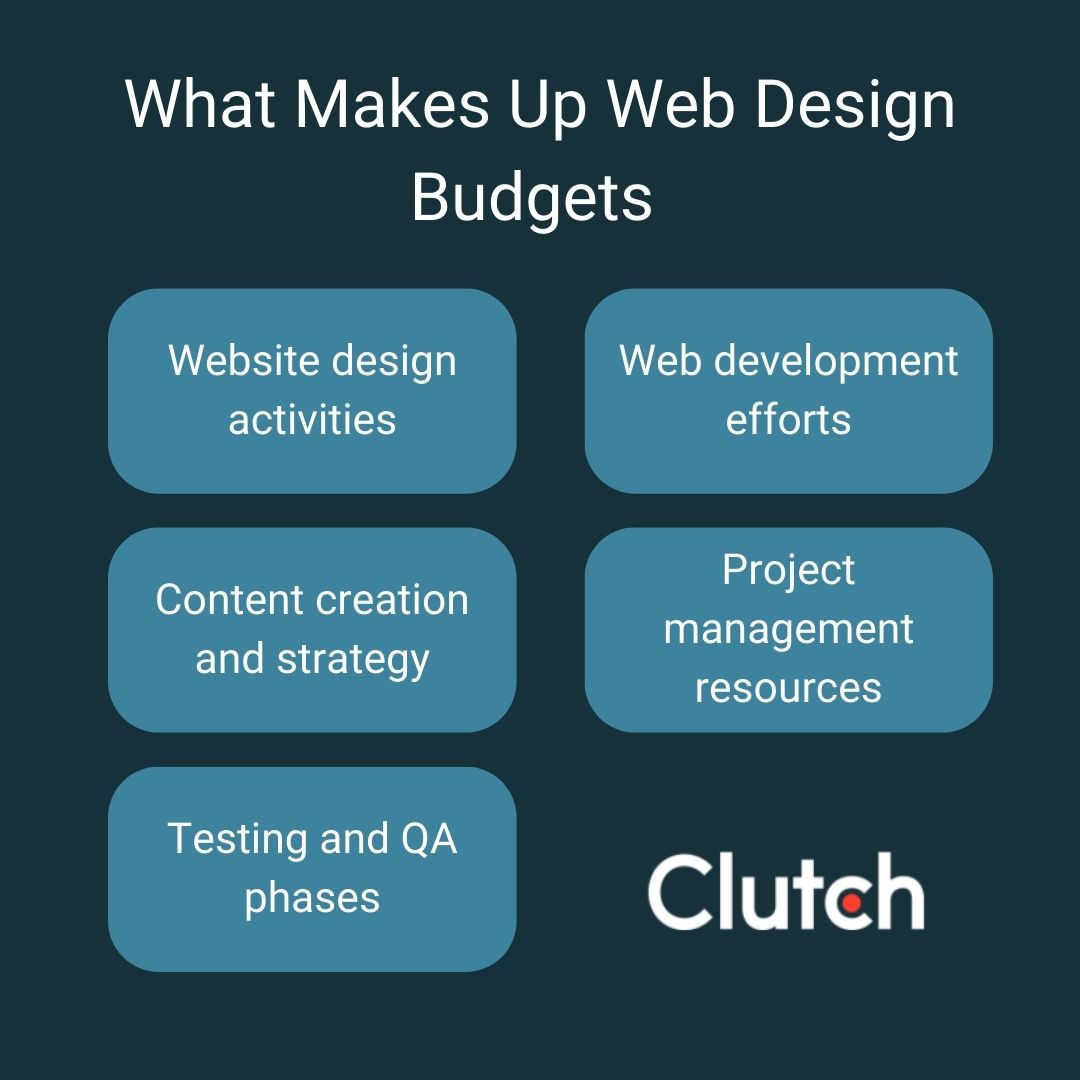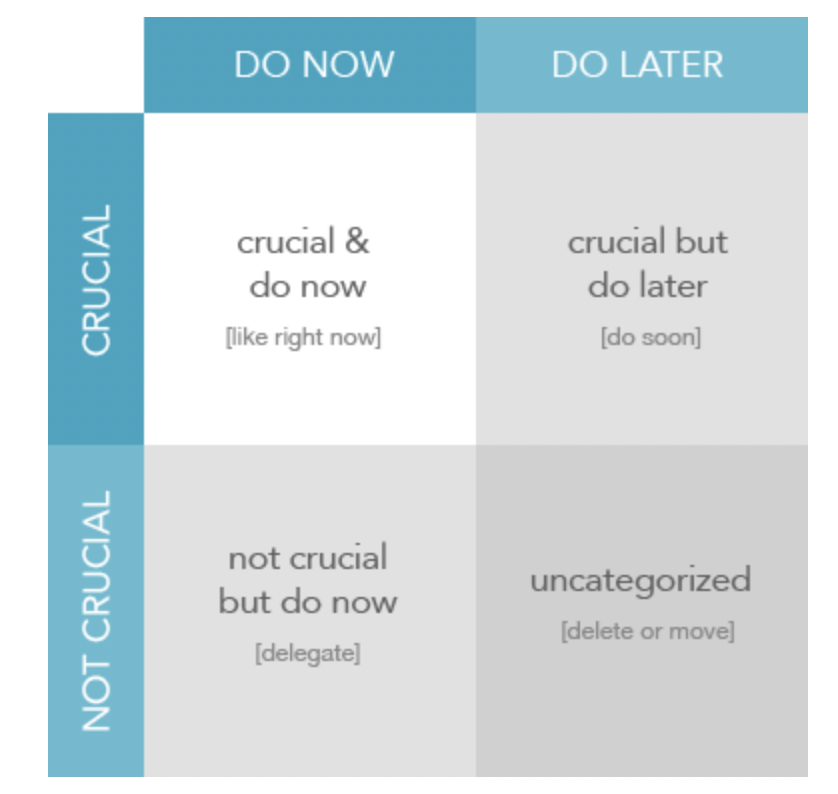

Updated December 16, 2024
Businesses base the scope of much of their projects on their budgets. A website redesign budget is no different — it facilitates realistic expectations and priorities. Companies looking to undertake a redesign effort should look first at their needs and budgets.
An entire revamp of a website might be too big of a stress on a startup or small business’s internal resources to handle alone.
Similarly, entrepreneurs and one-man-shows aren’t expert web designers and may not feel comfortable with a technical DIY project.
Still, websites are essential to running a successful business. Plus, at least some of your toughest competitors have thriving websites. In fact, 79% of small businesses have their own site.
Companies that are serious about competing with others must invest in a website and its continual upkeep.
A website redesign is a project that companies with existing sites undertake when they find their performance dwindling because of an outdated or ineffective user experience. To remain competitive in the market, it’s essential to update your website upon noticing those red flags.
This article is all about preparing for your redesign journey by establishing one of the most important things: your budget. We’re here to help you bring your vision to life without breaking the bank.
Creating a realistic website redesign budget requires a general understanding of factors that contribute to a successful web design.

When you hire a web design company or freelancer to reshape your website, you’re typically not just asking for the design itself (if you are, make sure your budget aligns with that). Rather, your web design project may contain any or all of this work:
The scope of your requirements in each of these categories will determine the team size necessary to expertly complete. Your budget will depend on how much work you need in each area and how many people are required to bring your vision to life.
In short, these work categories are a barometer for your project’s complexity. The more requirements you have in each focus area, the more in-depth and costly your project will likely be.
This is an important crossroads; there’s much to consider when deciding between a new site and a website redesign project.
Even though the end result of the project might look similar, the journey toward your finished website will be very different depending on which path you take. The cost will be strikingly different between the two as well.

Which should you choose for your business website? Here are the main considerations small business owners should make when deciding between a website redesign and a completely new website.
Advantages:
Drawbacks:
Advantages:
Drawbacks:
In the end, the scale and scope of your desired changes determine whether a website redesign or a new website is best. If you need to make structural to your site, a new custom site will probably best use your time. Similarly, a new site will serve those desiring different functionality or a brand-new online presence.
However, a website redesign is suitable for those looking to upgrade their website's design and appearance. A redesign will save time and money while achieving a cleaner, contemporary feel.
How much does a website redesign cost? Learn more with our web design pricing guide.
Building a budget is all about pinning down your immediate needs, learning how they can be addressed, and remembering to factor in the cost of all tools and human resources involved in realizing your new site design.
That sounds like a tall order, but you can achieve a solid budget with just four steps:
These steps are intended to aid you in finding your must-haves while balancing costs along the way.
Budgets are meant to help you reach your goals without overspending. An essential part of determining your budget is a solid understanding of your goals. This means evaluating the shortcomings of your current site and determining the most critical areas of focus for your project.
Prioritization frameworks are a reliable way to guide yourself through selecting your most important action items in a project like this.
Prioritization frameworks are tools intended for brainstorming and categorizing the level of importance of certain actions. When budgeting, it’s particularly important to differentiate your core needs from long-term desires.

Source: Motley Fool
Above is a simple way to start using prioritization frameworks. This example consists of a 2x2 grid that evaluates tasks based on urgency and importance.
The tasks you place in the “crucial” and “do now” square will be the essential things you’ll work on in your redesign. When making your final budget, you’ll be able to make smart decisions and compromises if you’ve completed this matrix exercise.
With your brainstormed list of priorities in hand, you’ll begin to understand what design changes might bring your vision to life. Now it’s just a matter of figuring out how to address your priorities on your web pages.
Not everyone will have a firm knowledge of the website redesign process or additional ways a web design team can assist them. So, we came up with a list of the most common ones.
Here are some of the activities that a web design team can help with and the associated priorities the tasks address:
Graphic designers are responsible for your visual assets, using color, shapes, and typography to communicate visually. Graphic design elements could include logos, brand colors, or creative visuals intended to explain your company.
User experience work is meant to teach companies about their user’s needs and expectations for a product and provide actionable adjustments to existing designs. Sites with good UX are considered to be user-friendly and have strong usability.
Companies having trouble engaging website visitors for very long or high bounce rates may want to consider UX design services. Additionally, UX designers can specialize in accessibility, which can help you meaningfully connect with a diversity of individuals.
Content strategy refers to the intentional and planned selection of written material on your site.
There will likely be several parts to your strategy, including search engine optimization (SEO) initiatives, protocol for operating your content management system (CMS), and copywriting tasks.
As mentioned above, website development activities can be implemented (with some limitations) by a web design company.
For instance, adjustments to website functionality can be executed and new plugins from third-party providers can be added to supplement new functionality.
Complex web development asks should be saved for a web or software development project, but less complicated asks can be handled within a web redesign project.
Some website design agencies will even help clients out with digital marketing activities and marketing strategy. This includes but is not limited to creating social media graphics, copy for advertisements and landing pages, and sharable animations.
These services will be particularly helpful in introducing your newly updated website to your client base.
Additional Reading: 'Web Design Glossary'
The decision to hire a freelancer or a web design agency for your website redesign will play a huge role in how your budget looks.
Some may want to execute a redesign in-house — after all, you’re not creating something from scratch, right? While this is true, there are still huge benefits to investing in the expertise of a design agency.
Businesses that keep their website up-to-date on their own are still challenged by traffic loss, a lack of time and expertise to maintain a new site, and fluctuations in search engine rankings post-launch.
External assistance from a freelancer or company can handle these problems confidently and take stress off your plate.
But how will hiring outside service providers affect your budget? Which type of provider should you hire?
We’ve evaluated each option to help you choose what’s right for you. Here are a few things to consider when making your decision:
We recommend getting quotes from freelancers and agencies — especially if you’re not sure which is best for you at this point. By considering both, you’ll best be able to compare cost, availability, and expertise side by side.
At this point, you should be starting to have a pretty good idea of your main priorities in the redesign and who you will be hiring to take on these tasks.
Now, it’s important to keep up with the recurring costs of keeping your website intact once the initial redesign work is complete.
It’s likely that you’re already using some of these tools in other capacities within your business, but take heed of those you’re paying for specifically for web design.
In addition to design tools and platforms that you may have to budget for, there are also maintenance costs of keeping a website up to date.
If you’re looking to keep a web design company on retainer for ongoing upkeep after the main part of your project has ended, you’ll be charged a monthly fee for their continued work.
Additional Reading: What You Need to Know About Agency Retainers
Keeping tabs on these recurring website design expenses will help you get a holistic few of your budget.

Download the Website Redesign Template for Your Budget.
Some aspects of a redesign have a greater impact on the final cost of a project than others.
The main factors that affect the cost of a website redesign include:
The price tag of a design project can range from a few hundred dollars to several thousand depending on the complexity of the project and the amount of resources necessary to execute within the desired timeline.
This is why it’s helpful to get several quotes from different types of providers — you’ll be able to get a rough range or average cost for a redesign of your unique scale.
The cost of a website redesign fluctuates wildly depending on needs, but these factors will give you an understanding of what drives cost most directly.
Decide whether to hire a web design freelancer or web design agency with our guide.
It doesn’t matter if you’re an e-commerce business or a nonprofit, a sound budget can make or break your redesign efforts. By making strategic decisions and keeping your priorities front and center, a website redesign can fit into just about any budget.
Looking for quotes on a redesign project? Contact a top website design agency on Clutch.


